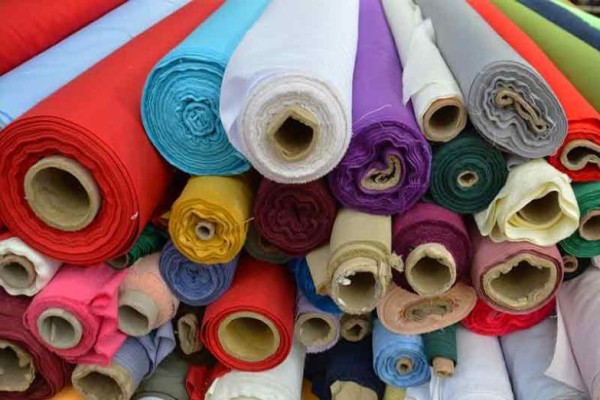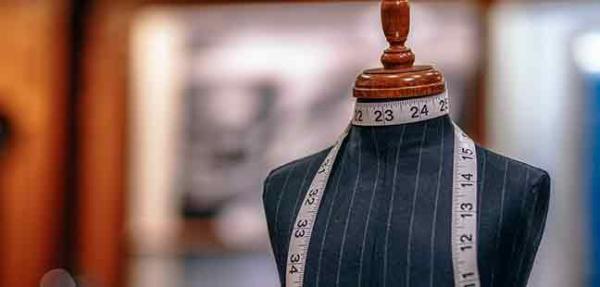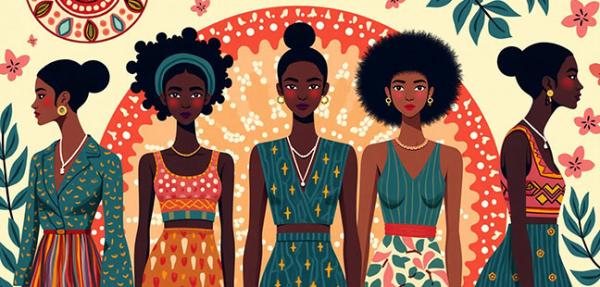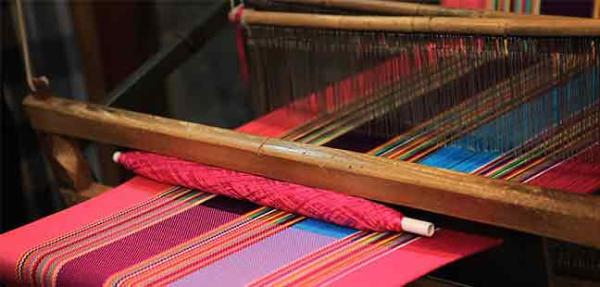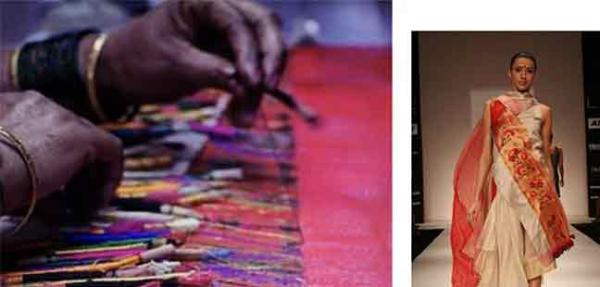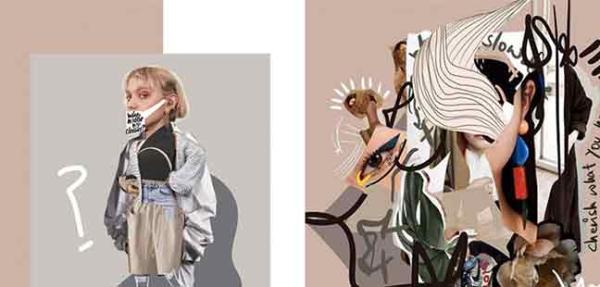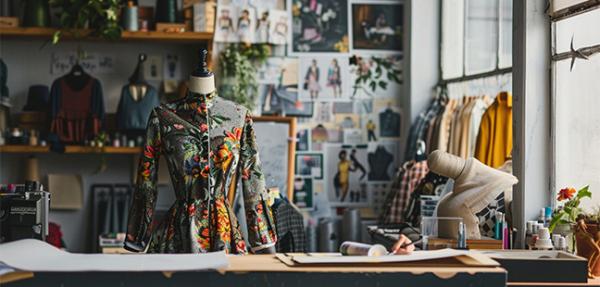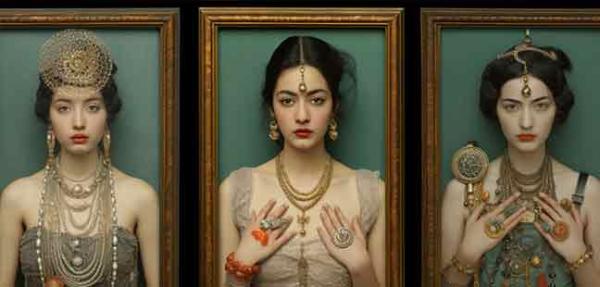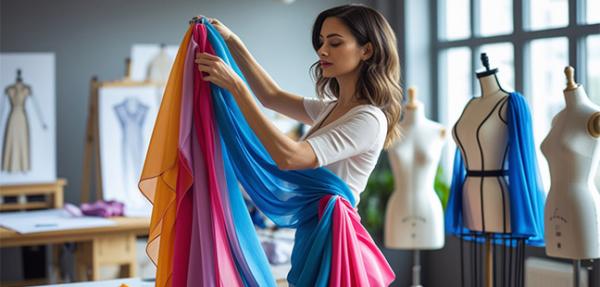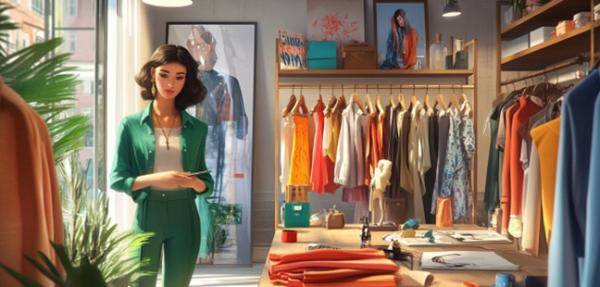
Table of Contents:
In today's interconnected world, the role of fashion designers extends far beyond crafting beautiful garments. Designers are key players in the global supply chain, influencing everything from the pace of fast fashion to the implementation of ethical sourcing and sustainability initiatives. Their choices and creativity drive the industry forward, shaping trends and consumer behaviour while playing a crucial role in how fashion impacts the planet.
Let’s dive into the multi-faceted role of fashion designers in the global supply chain and the impact they have on the industry’s future.
Become future-ready with our Fashion Programs
Know MoreWhat is a Fashion Supply Chain?
The fashion supply chain encompasses a complex network of businesses and services responsible for moving clothing and accessories—such as shoes, belts, purses, and jewellery—from the initial concept to the end customer. Key players in this supply chain include silk, cotton, and linen producers, textile manufacturers, distributors, retailers, and third-party logistics providers.
Transparent communication among all parties at each stage is crucial to minimize lead times, enhance product quality, and ensure timely delivery to retailers and consumers. An effective supply chain in the fashion industry helps lower production, inventory, and logistics expenses while boosting customer satisfaction.
The Role of Fashion Designers in the Global Supply Chain
Fashion designers do more than create beautiful garments—they are pivotal players in the global supply chain that shapes the fashion industry. From concept development to sustainability efforts, designers have a significant influence on each stage of the supply chain.
Their role impacts everything from fast fashion trends to the implementation of ethical sourcing and environmentally friendly practices. Let’s explore the role of fashion designers in the global supply chain and how they contribute to its success and evolution.
1. The Creative Spark: Concept to Product
Fashion designers are the creative force at the start of the supply chain. Their ideas are transformed into products that resonate with consumers worldwide. By predicting trends, selecting materials, and sketching designs, designers set the tone for the entire production process. The initial concepts developed by designers guide decisions related to sourcing, manufacturing, and logistics. These choices shape the products that eventually make their way to store shelves and online platforms.
Learn more about how fashion designers are trained to excel in this role at Pearl Academy’s Fashion Programs.
2. Influencing Fast Fashion
Fast fashion is a significant segment of the industry that relies on designers to produce trend-driven collections quickly. Designers working in fast fashion must balance creativity with speed and cost-efficiency. Discover what it takes to become a fashion stylist in fast-paced fashion environments.
The demand for rapid production cycles challenges them to develop designs that can be efficiently manufactured without compromising on style or quality.
While fast fashion has made fashion more accessible, it comes with sustainability concerns. Designers play a key role in balancing consumer demands for trendy, affordable clothing with the need to incorporate sustainable practices wherever possible. This includes choosing cost-effective yet eco-friendly materials and finding innovative ways to reduce waste during production.
3. Ethical Sourcing and Supply Chain Transparency
Designers are increasingly aware of their responsibility to promote ethical sourcing and transparency within the supply chain. Explore how fashion entrepreneurs are driving ethical innovations in the industry.
This includes selecting materials from suppliers that uphold fair labor practices, offer safe working conditions, and prioritize sustainability. Ethical sourcing ensures that fashion production does not come at the cost of worker welfare or environmental damage.
Fashion designers who value transparency often collaborate closely with suppliers and manufacturers to guarantee that ethical standards are met. This transparency not only builds trust with consumers but also aligns the brand with modern values centred around social responsibility and accountability.
4. Champions of Sustainability
The fashion industry has faced growing pressure to adopt more sustainable practices, and designers are leading this charge. By selecting sustainable materials such as organic cotton, recycled fabrics, and plant-based textiles, designers help reduce the environmental impact of their products. Additionally, many are exploring circular design concepts, where clothing is designed to be reused, recycled, or upcycled at the end of its life.
Designers also play a role in promoting the slow fashion movement, which emphasizes quality over quantity. This approach counters the fast fashion model by encouraging consumers to invest in well-made, timeless pieces that last longer. Pearl Academy’s fashion programs provide budding designers with the knowledge and skills needed to incorporate sustainable practices into their work and shape the future of the industry.
5. Enhancing Supply Chain Efficiency
Fashion designers can directly influence the efficiency of the supply chain. Their material choices, production methods, and design strategies affect how smoothly a product can be manufactured, transported, and delivered. Designers who consider logistics, cost-efficiency, and resource management in their design process contribute to reducing production times, cutting costs, and improving overall supply chain effectiveness.
Fashion designers have the power to redefine how the industry operates. By integrating ethical practices and sustainable methods into their workflow, they can lead the charge toward a more responsible fashion ecosystem. The push for transparency, innovation in sustainable materials, and the move from mass production to thoughtful creation are all signs that designers are more than just trendsetters—they are change agents with a global impact.
Pursue a Fashion Design Degree
Fashion designers hold a crucial role in the global supply chain, impacting everything from the creative conception of clothing to the implementation of sustainable and ethical practices. Their decisions shape industry trends, influence how quickly fashion reaches consumers, and determine how brands are perceived in terms of social responsibility and sustainability.
Programs like Pearl Academy’s Fashion Programs empower aspiring designers with the skills and insights they need to thrive in this dynamic role, ensuring that they contribute meaningfully to an evolving global fashion landscape. These programs teach students to approach design with an environmentally conscious mindset and prepare them to be change-makers in an industry that desperately needs sustainable solutions.

Student Guidance Center: Our Counselors are Just a Click Away.
Conclusion
Designers are not just trendsetters—they are integral to making the fashion supply chain more efficient, transparent, and sustainable. If you’re looking to be a part of this transformative process and drive positive change in the fashion world, now is the time to invest in the right education and training.
Explore More
Pearl Academy Editorial Team
Tags
- #Fashion
Pearl Admission Enquiry
Trending Post
-
![https://pearlproductioncdn-angdc5fwcje2hzgs.z01.azurefd.net/drupal-files/2025-04/Fashion-Designing-Courses-After-12th_130x125.webp https://pearlproductioncdn-angdc5fwcje2hzgs.z01.azurefd.net/drupal-files/2025-04/Fashion-Designing-Courses-After-12th_130x125.webp]()
-
![https://pearlproductioncdn-angdc5fwcje2hzgs.z01.azurefd.net/drupal-files/2025-05/Short-Term-Fashion-Designing-Courses_130x125.webp https://pearlproductioncdn-angdc5fwcje2hzgs.z01.azurefd.net/drupal-files/2025-05/Short-Term-Fashion-Designing-Courses_130x125.webp]()
Kickstart Your Career with Short-Term Fashion Designing Courses
2025-05-14By Pearl Academy Editorial Team
-
![https://pearlproductioncdn-angdc5fwcje2hzgs.z01.azurefd.net/drupal-files/2025-05/How-to-Get-Started-in-a-Fashion-Design-Career_130x125.webp https://pearlproductioncdn-angdc5fwcje2hzgs.z01.azurefd.net/drupal-files/2025-05/How-to-Get-Started-in-a-Fashion-Design-Career_130x125.webp]()
Related Articles
Subscribe to Pearl Blogs
By clicking the "Subscribe" button, I agree and accept the privacy policy of Pearl Academy.
















